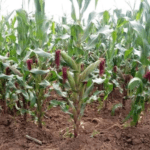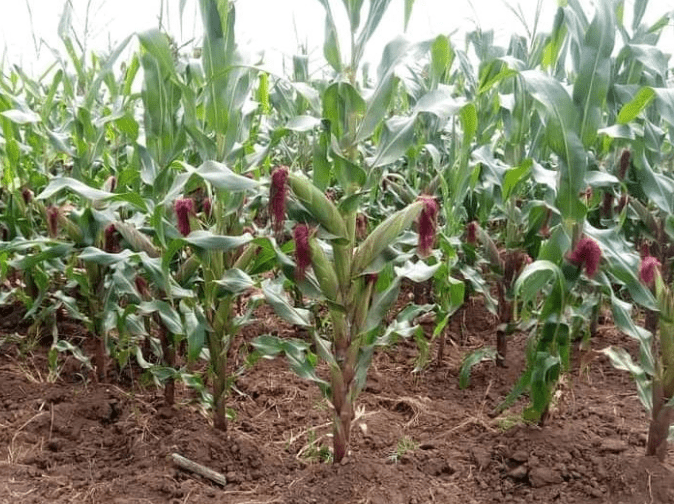Haiti, officially known as the Republic of Haiti, is a Caribbean nation located on the Western portion of the island of Hispaniola. It shares the island with the Dominican Republic to its east and is surrounded by the Atlantic Ocean to the North and the Caribbean Sea to the South. Haiti is rich with a complex history, vibrant culture, and uniquely African, French, and indigenous influences.
For a deeper exploration, Haiti stands out due to the historic Haitian Revolution that occurred from 1791 to 1804. This event is celebrated as the first successful slave rebellion in the Americas. Ultimately resulting in the establishment of Haiti as an independent nation on January 1, 1804. It also represents a pivotal moment in the fight against slavery and colonialism, continuing to be a source of immense pride for the Haitian people.

Furthermore, Haiti’s rich cultural heritage is a fusion of African, French, and indigenous Taino influences, with Haitian Creole and French as its official languages. The culture is deeply rooted in Vodou, a unique blend of African animism and Catholicism. It is also renowned for its infectious music, including Compas, Rara, and Vibrant art. Particularly colorful painting holds a prominent place on the world stage.
Haiti has faced ongoing challenges, including political instability, poverty, natural disasters, and public health crises. The 2010 earthquake was a devastating tragedy that caused significant loss of life and infrastructure damage, leaving lasting repercussions for the country.
In addition, the country is considered the most economically disadvantage in the Western Hemisphere. It faces economic challenges such as high unemployment, low wages, and limited access to education and healthcare. The informal sector plays a significant role in the economy, with many people engaged in small-scale farming and trade.
Crucially, Haiti has sought international assistance to tackle its developmental issues. The United Nations, through its peacekeeping mission known as MINUSTAH, has played a role in stabilizing the country. additionally, humanitarian aid and development initiatives have been deployed to aid Haiti’s recovery and promote its progress, with support from various international organizations and governments.
READ ALSO:
- UN Security Council approves Kenyan mission in Haiti
- Unexpected Seychelles’ Opposition Leader Patrick Herminie Charge With The Witchcraft
Despite gaining independence from colonial rule through the Haitian Revolution. Haiti’s history has been marred by persistent challenges including political instability, economic difficulties, and natural disasters. However, the nation’s enduring resilience and historical legacy of the revolution continue to influence the identity of contemporary Haiti.
Like any other country, the country has peaceful and serene areas. Often overshadowed by the challenges and struggles that make headlines. The following are peaceful and beautiful parts of Haiti.
Cote Des Arcadins. This is a stunning stretch of coastline located on the western side of Haiti, north of the capital. Port-au-Prince. It is known for its beautiful beaches, calm waters, and a range of resorts and hotel that offers visitors a tranquil escape.
Jacmel is a charming coastal town on the southern coast of Haiti. Well renowned for its well-preserved French colonial architecture, vibrant art scene, and annual Carnival celebrations.
Ile-a-Vache is a small island off the southern coast of Haiti and is a peaceful and picturesque destination. It features pristine beaches, lush greenery, and a relaxed atmosphere, making it an ideal sport for a quiet gateway.
Another peaceful part of Haiti includes Bassin Bleu, Saut-d’ Eau, Bassin Zim Waterfall, the Citadelle Laferrere, and Sans-Saouci Palace, Lake Azuei. The Citadella is a massive mountaintop fortress the other is a beautifully preserved royal residence. Both are UNESCO World Heritage Sites.
These peaceful areas provide a different perspective on this Caribbean nation beyond the headlines of adversity and resilience.









